26/07/2010
Endomorphismes remarquables d’un espace euclidien
Agrégation : leçon 126 en Maths Générales
E désigne un espace vectoriel de dimension fini muni d'un produit scalaire et de la norme associée.
I. Endomorphismes normaux
RappelSoit
Soit
Proposition 1 ([M]p357-358)


Définition 2
Proposition 3 ([G]p254)
Théorème 4 ([C]p159)
Et
Lemme 5 ([C]p157)
Si  endomorphisme normal, et si
endomorphisme normal, et si  sous espace de
sous espace de  stable par
stable par  alors
alors  stable par
stable par  .
.
II. Endomorphismes symétriques
Définition 6


Exemple :
Si
Remarque :
Si
Proposition 7 ([G]p240)
Définition 8
On note
On note
Exemple :
Proposition 9 ([M]p359)
Soit rightarrow%20psi_fin%20BL_S(E)) tel que
tel que =%3Cf(x),y%3E)
 est un isomorphisme d'espaces vectoriels de
est un isomorphisme d'espaces vectoriels de ) vers
vers ) l'ensemble des formes bilinéaires symétriques.
l'ensemble des formes bilinéaires symétriques.
Théorème 10 ([G]p240)
Si ) alors il existe une base orthonormée
alors il existe une base orthonormée  de
de  , formée de vecteurs propres pour
, formée de vecteurs propres pour  .
.
Si,exists;%20Cin%20M_n(mathbb{R}),;%20C) orthogonale telle que :
orthogonale telle que :  soit diagonale
soit diagonale
Si
Corollaire 11 ([G]p241)
Si ) ,
, ) alors il existe
alors il existe ) telle que
telle que  soit diagonale
soit diagonale
Application :
Si
Remarque :
On pourrait aussi réduire les endomorphismes antisymétriques par le Théorème 4.
III. Endomorphismes orthogonaux
Définition 12



 l'image par
l'image par On note
Remarque :

 Si
Si 
Exemples :
 Les symétries orthogonales sont des isométries.
Les symétries orthogonales sont des isométries.  Les matrices de permutations sont des isométries.
Les matrices de permutations sont des isométries.  Les projections orthogonales ne sont pas des isométries.
Les projections orthogonales ne sont pas des isométries. Proposition 13 ([G]p252-253)
Remarque :
Si
On note
On définit de même
Proposition 14
Proposition 15 ([G]p252-253)
Si ) il existe
il existe  une base orthonormée telle que
une base orthonormée telle que
=begin{pmatrix}I_p&%20&%20&%20&/%20&-I_q&%20&%20&/%20&%20&boxed{R_1}&%20&%20/%20&%20&%20&ddots&%20/&%20&%20&%20&boxed{R_s}end{pmatrix}) Avec
Avec in%20mathbb{N}^3/quad%20p+q+2s=n)
&-sin(theta_i)/sin(theta_i)&cos(theta_i)%20end{pmatrix})

Remarque :
Application :
IV. Le groupe orthogonal
Théorème 16 ([MT]p18-19) - Décomposition polaire
Soit in%20O_n(mathbb{R})times%20S_n^{++}(mathbb{R})rightarrow%20OSin%20GL_n(mathbb{R})) est un homéomorphisme.
est un homéomorphisme.
Application ([A]p138-140) :



Corollaire 17
Proposition 18 ([C]p?) - Décomposition d'Iwasawa
Si ) alors il existe un unique couple
alors il existe un unique couple ) avec
avec  orthogonale et
orthogonale et  triangulaire supérieure à coefficients diagonaux positifs tel que:
triangulaire supérieure à coefficients diagonaux positifs tel que: 
Proposition 19 ([B]2.7.5 et 8.2.5.2)
Soit  un sous groupe compact de
un sous groupe compact de ) , il existe une structure euclidienne
, il existe une structure euclidienne  -invariante sur
-invariante sur 
Définition 18
Si
Si
Proposition 20 ([P]p142)

 Si
Si  Si
Si Proposition 21 ([P]p143)
Corollaire 22
Proposition 23 ([P]p143)
Pour ) est engendré par les renversements.
est engendré par les renversements.
Application ([P]p148) :
Proposition 24 (([P]p150))
Soit =SO_n(mathbb{R})/Z(SO_n(mathbb{R}))) .
.
Alors pour et
et 
) est simple.
est simple.
Alors pour
Proposition 25 ([P]p152)
Tout automorphisme de ) est intérieur.
est intérieur.
Remarque [P] :




 On peut noter que le groupe
On peut noter que le groupe Proposition 26 ([MT]p125-127)


Bibliographie
[A]: M.Alessandri "Thèmes de géométrie"[C]: M.Cognet "Algèbre bilinéaire"
[G]: X.Gourdon "Algèbre"
[MT]: R.Mneimné, F.Testard "Groupes de Lie Classiques"
[M]: D.Monasse "Cours MP-MP*"
[P]: D.Perrin "Cours d'algèbre"
SOURCE : http://www.ilemaths.net/maths-agreg-endomorphismes-espace...
11:32 | Lien permanent | Commentaires (0) |  |
|  del.icio.us |
del.icio.us |  |
|  Digg |
Digg | ![]() Facebook
Facebook
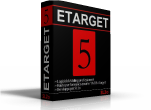








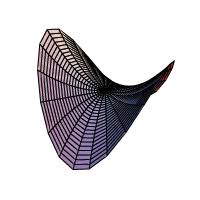

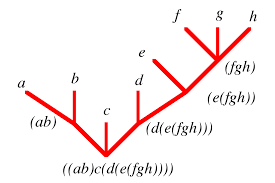

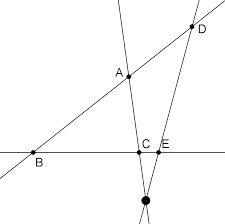
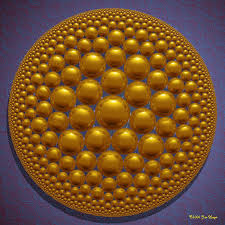
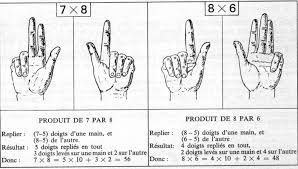
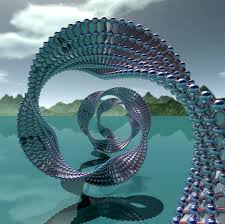

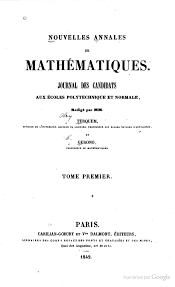

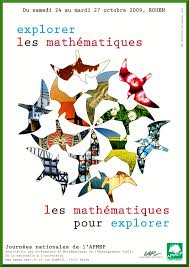
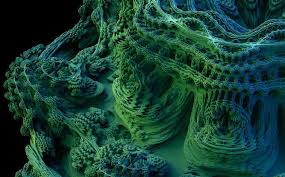


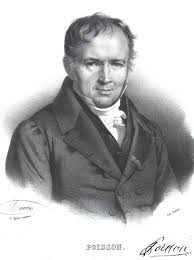

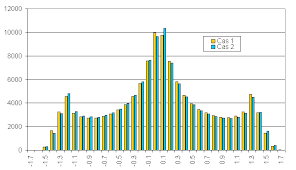
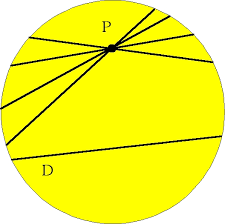

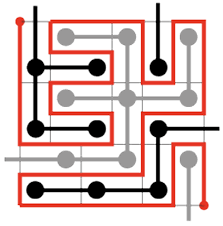
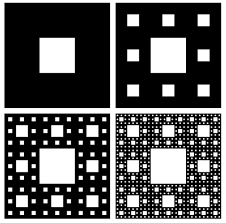
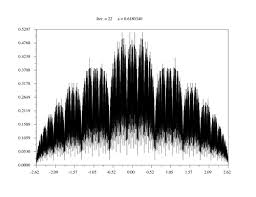
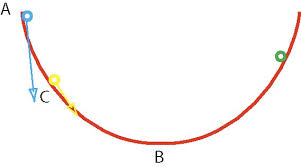

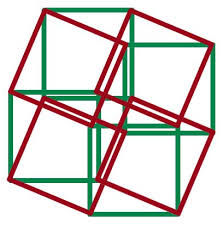



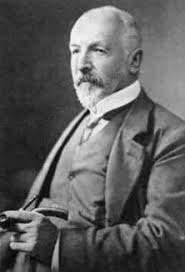

Les commentaires sont fermés.